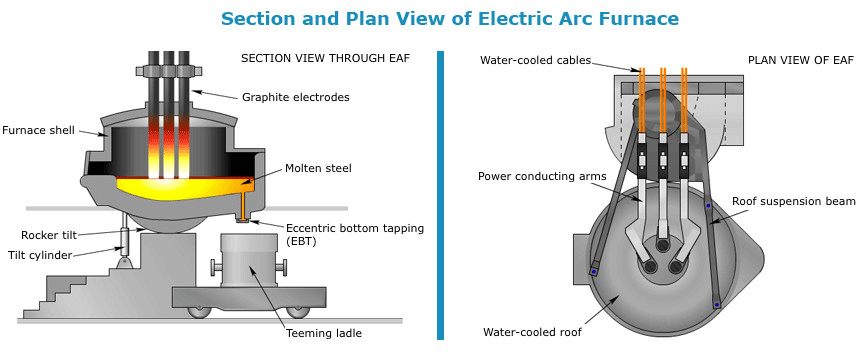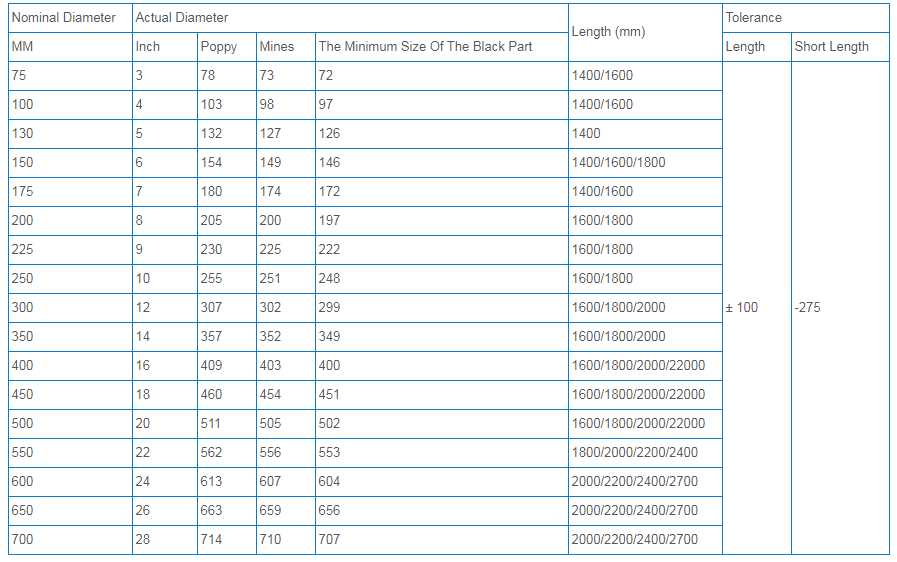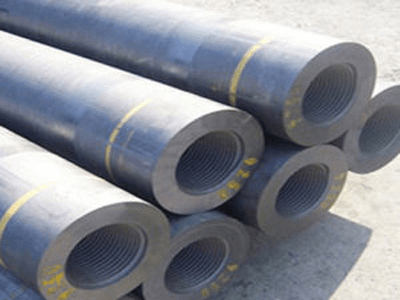By function, refractory mortar is divided into insulating refractory mortar, anti-shrinkage refractory mortar and buffer refractory mortar. By the properties of binding agents, refractory mortar is classified into hydrous mortar( water and liquid chemical binder prepared) and non-hydrous(liquid organic binder prepared) refractory mortar.
Silica Refractory Mortar
Silica mortar is prepared from silica powder, silica brick powder, plastic clay, binder and additives. silica brick powder has good volume stability, it can improve silica mortar linear change rate stability. Silica refractory mortar is mainly used to line silica bricks used in blast furnace, hot blast furnace, coke furnace carbonization chamber, glass tank and spinal top of glass kiln.
Silica Refractory Mortar Physicochemical Indexes
| Item | Hot blast furnace | Coke furnace carbonization chamber | Glass kiln |
| Refractoriness℃ ≥ | 1690 | 1670 | 1710 |
| Cold compression strength (1400℃,3h) MPa ≥ | 3.0 | 3.0 | 3.0 |
| cementation time/ min | 1-2 | 1-2 | 1-2 |
| Granularity ≥0.5mm % | >1 | <3 | <2 |
| SiO2% | 94 | 92 | 96 |
| Fe2O3 % < | 1.0 | — | 0.7 |
| 0.2 Mpa rupture under load temperature ℃ > | 1600 | 1500 | 1620 |
Aluminum Silicate Refractory Mortar
Aluminum silicate refractory mortar includes fireclay refractory mortar, mullite refractory mortar and high alumina refractory mortar. Plastic clay or soft clay is added into aluminum silicate mortar to workability.
There is no need to add binder in aluminum silicate mortar, but to increase binding strength, binders should be added. There are two types of bonders: 1) silicate series, i.e. water glass with different modulus of (SiO2/Na2O). 2) Phosphate series, such as acidic aluminum phosphate and polyphosphate, etc.
Aluminum silicate refractory mortar Physiochemical Index
| Item | Clay mortar | High alumina mortar | Mullite mortar | Corundum mortar |
| Refractoriness℃ ≥ | 1750 | 1790 | 1790 | 1850 |
| Rupture strength (Sintered) MPa ≥ | 5.9 (1200℃) | 5.9 (1400℃) | 5.9 (1500℃) | 5.9 (1500℃) |
| cementation time/ min | 1-2 | 1-2 | 1-2 | 1-2 |
| Granularity ≥0.5mm % | ≤1 | ≤1 | ≤1 | ≤1 |
| Al2O3 % ≥ | 45 | 70 | 70 | 90 |
| rupture under load temperature ℃ ≥ | 1200 | 1300 | 1500 | 1700 |
Basic refractory mortar
Basic refractory mortar is the joint material used to mason alkaline refractory products, including magnesia mortar, magnesia alumina mortar, magnesia chrome mortar, magnesia silica mortar and so on. As MgO will react with water, so alkaline refractory mortar should be bonded by liquid binder which can react with MgO and form composite salt, or non-hydrous organic binders.
Silicon carbide and carbon refractory mortar
Silicon carbide refractory mortar is joints material used to line silicon carbide products or SiC containing products. Carbon refractory mortar or carbon containing refractory mortar is used to mason large blast furnace and middle blast furnace carbon bricks, iron mixing furnace or torpedo tank alumina carbon brick. Carbon mortar is further divided into bulky joint carbon mortar and thin joint carbon mortar.


